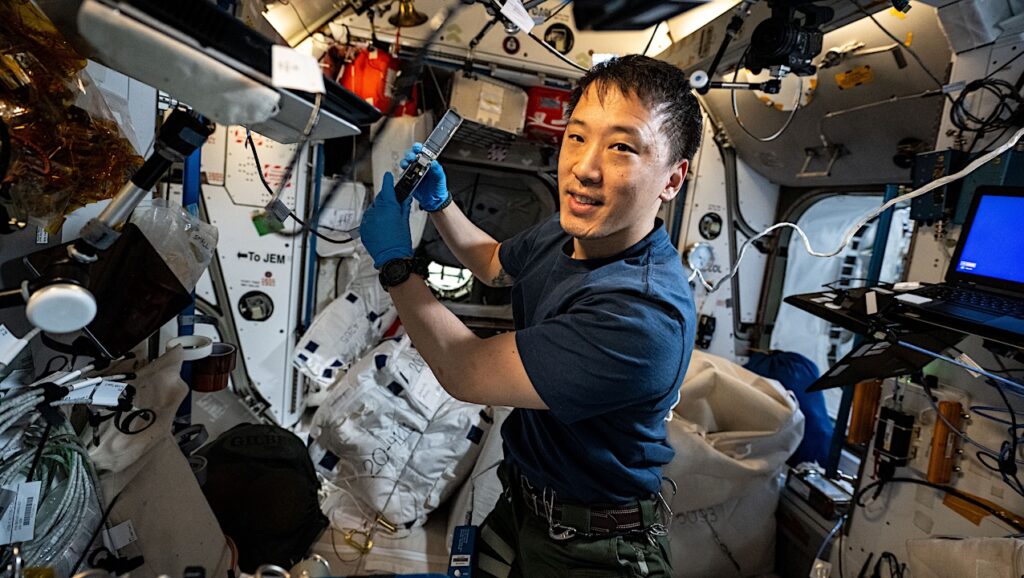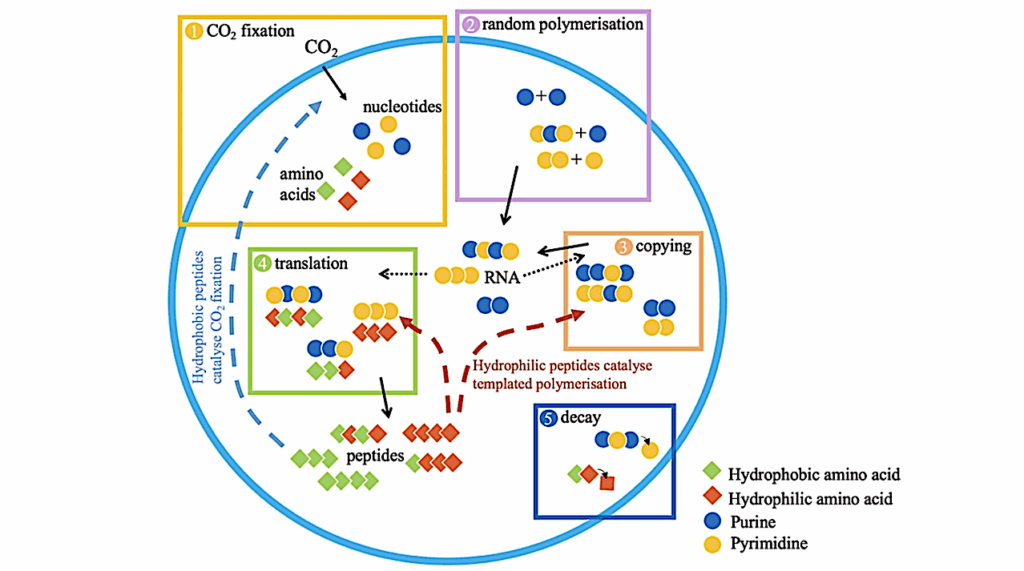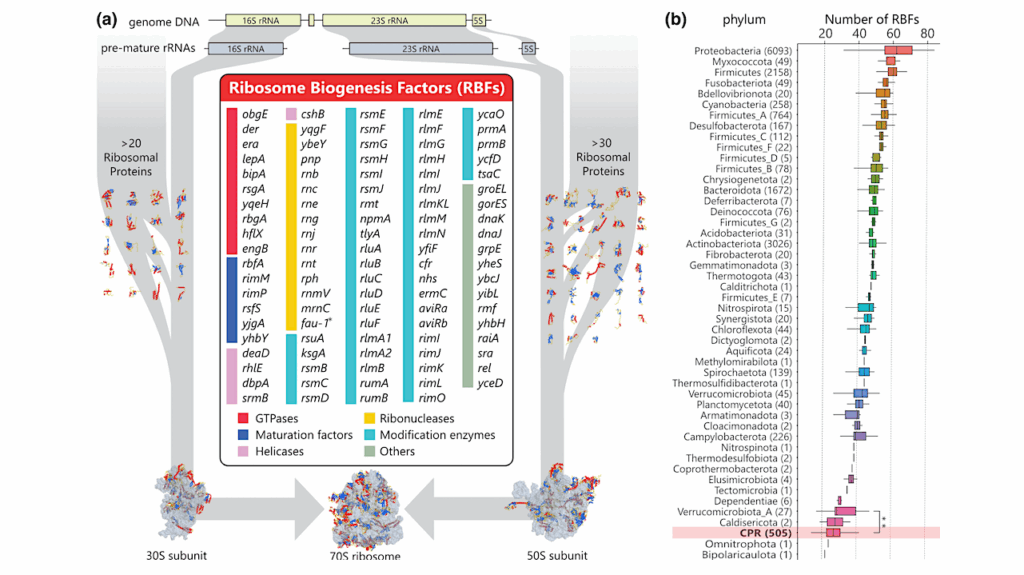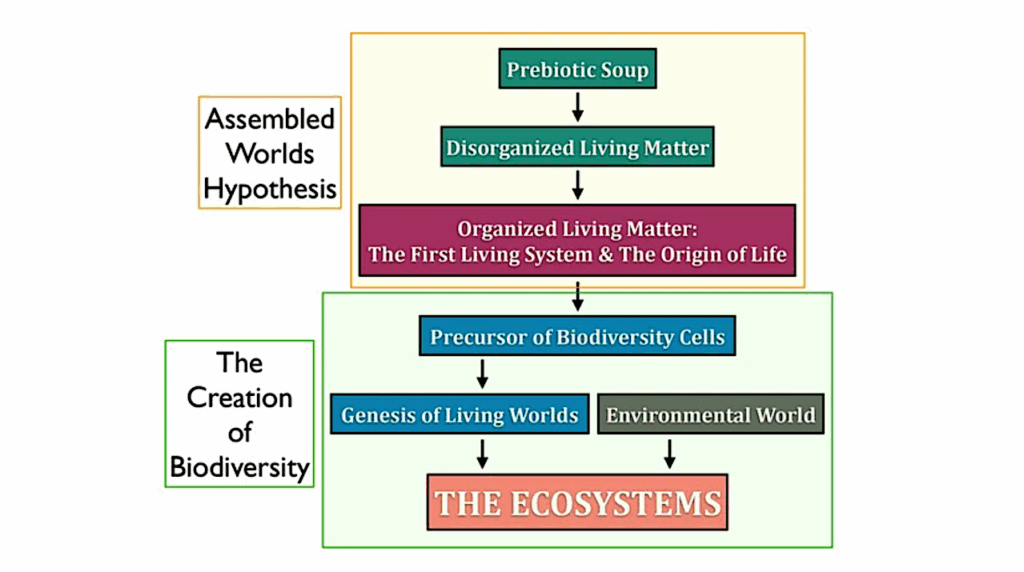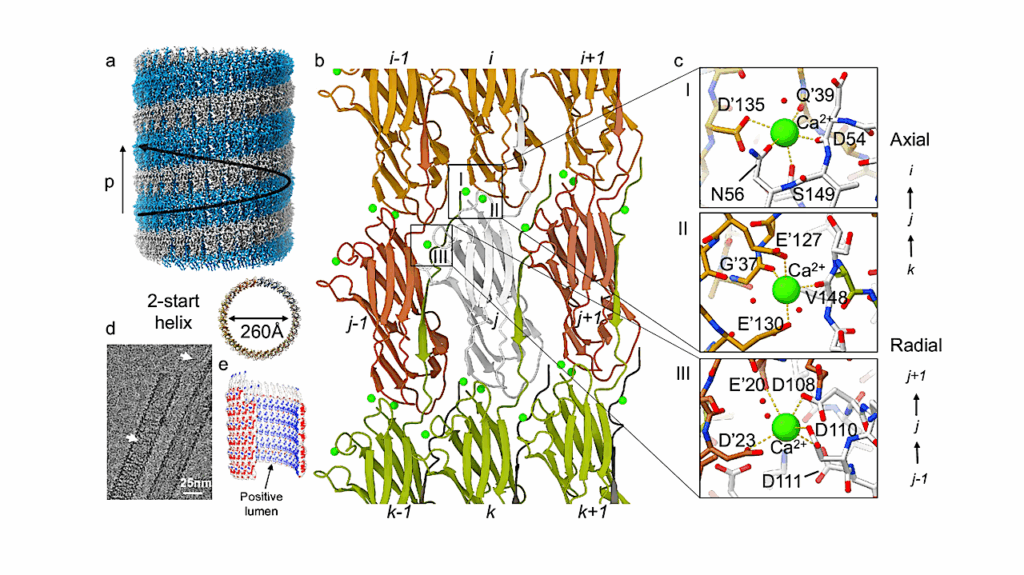Fatty Acid Vesicles As Hard UV-C Shields for Early Life
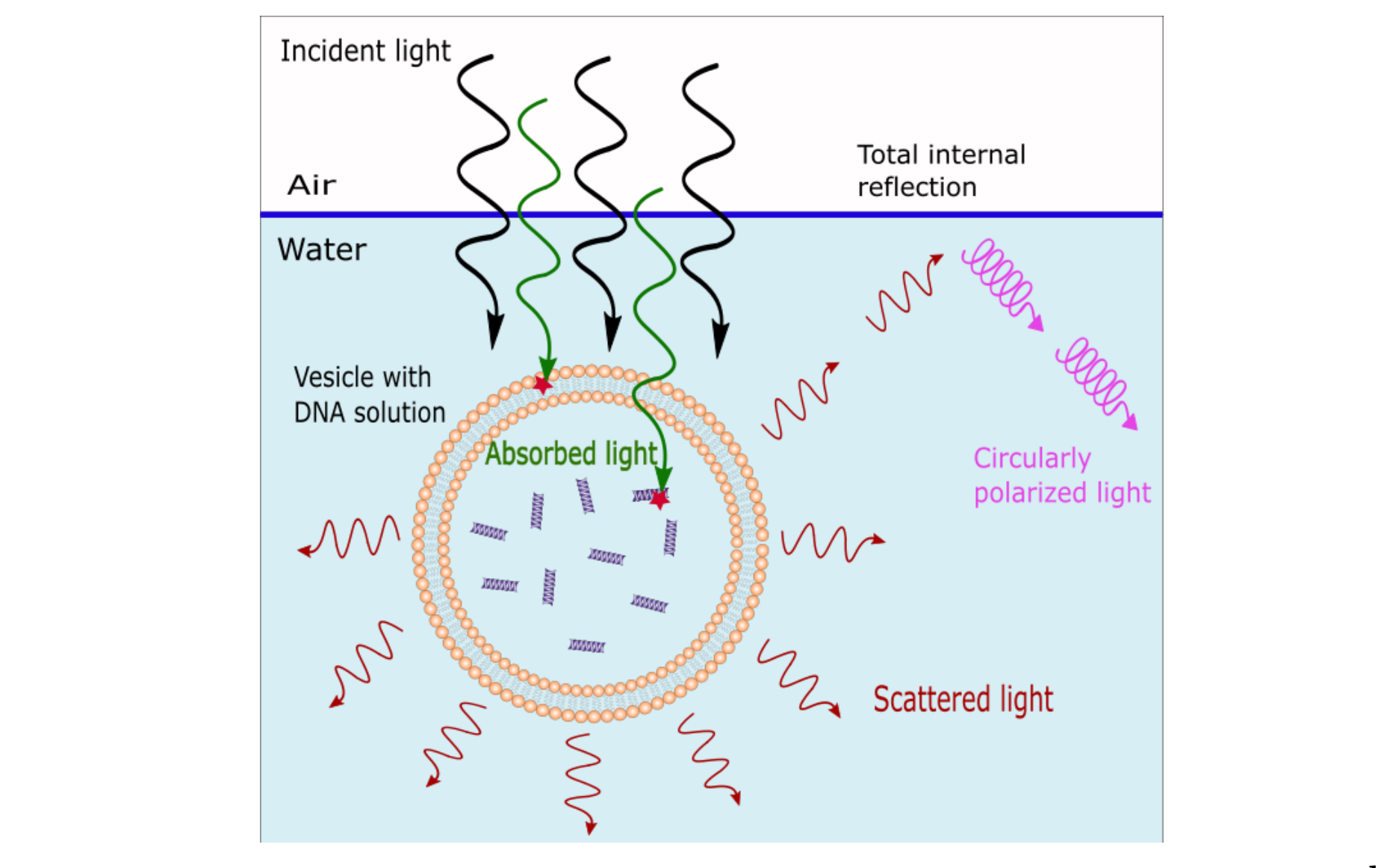
Theories on life’s origin generally acknowledge the advantage of a semi-permeable vesicle (protocell) for enhancing the chemical reaction-diffusion processes involved in abiogenesis.
However, more and more evidence indicates that the origin of life concerned the photo-chemical dissipative structuring of the fundamental molecules under UV-C light. In this paper, we analyze the Mie UV scattering properties of such a vesicle made from long chain fatty acids.
We find that the vesicle could have provided early life with a shield from the faint, but dangerous, hard UV-C ionizing light (180-210 nm) that probably bathed Earth’s surface from before the origin of life and until perhaps 1,500 million years after, until the formation of a protective ozone layer as a result of the evolution of oxygenic photosynthesis.
Iván Lechuga, Karo Michaelian
doi: https://doi.org/10.1101/2023.01.01.522439
https://www.biorxiv.org/content/10.1101/2023.01.01.522439v1
Astrobiology


